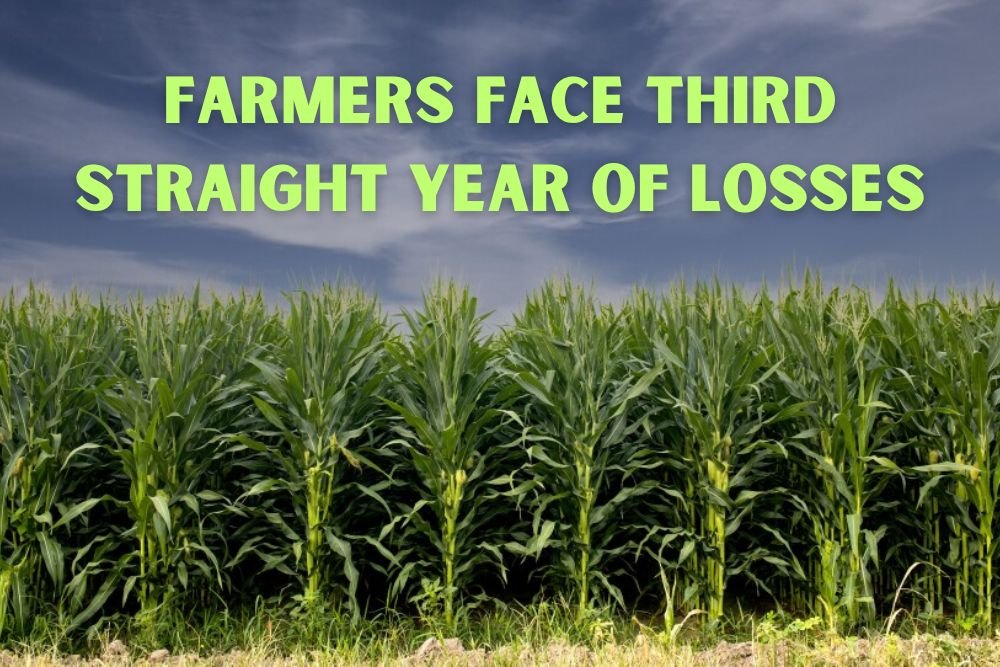Arkansas Farmers Face Third Straight Year of Losses as Falling Crop Prices and High Costs Cut Into Profits
LITTLE ROCK, Arkansas — Arkansas farmers are bracing for another difficult harvest season as a new University of Arkansas analysis shows the state’s row-crop producers are expected to lose hundreds of dollars per acre for a third consecutive year.
Economists Warn of Deepening Financial Strain
The report, “The State of the Arkansas Crop Economy in 2025,” released by the University of Arkansas System Division of Agriculture, found that farmers are caught in a squeeze between declining commodity prices and persistently high input costs.
Extension economists Hunter Biram, Ryan Loy, and Scott Stiles project average per-acre losses of:
- $273.71 for corn
- $352.75 for cotton
- $258.84 for long-grain rice
- $85.02 for soybeans
These numbers mark the third straight year of financial losses across most major crops, even after record yields in 2024. The analysts say that strong global harvests — including bumper crops in the U.S. and South America — are keeping prices low through 2026.
Rising Costs Continue to Outpace Farm Income
The report highlights ongoing challenges with fertilizer, seed, labor, and interest costs, which remain near historic highs.
- Fertilizer prices, particularly phosphates, have stayed high since Russia’s 2022 invasion of Ukraine disrupted global supply chains.
- Seed costs have risen about 25% since 2020, despite slight year-over-year price drops.
- Labor expenses are projected to reach a record $413 million statewide this year — up 9% from 2021.
- Interest costs remain 46% higher than in 2021, even after recent federal rate cuts.
For a 500-acre rice farm, those higher borrowing costs alone equal roughly $7,500 more per year than four years ago.
Rural Communities Feeling the Impact
The ripple effects go far beyond individual farms. Economists say that rural communities depending on crop revenue are already seeing the strain in equipment sales, local businesses, and land rental markets.
Rental costs have dipped slightly — to about $541 million statewide — as tenant farmers adjust to lower crop values, but that relief is limited.
Federal Aid May Not Be Enough
Past federal support programs, such as the Emergency Commodity Assistance Program and the Supplemental Disaster Assistance Program, provided lifelines during the COVID-19 pandemic and supply-chain disruptions. But experts warn those funds won’t fully offset ongoing losses.
“Even with modest price rebounds, rising production costs continue to erase profits,” the report notes. “The gap between what farmers earn and what they spend is now the widest in more than 25 years.”
Outlook Remains Uncertain
Looking ahead, the economists say that without significant policy relief or cost stabilization, Arkansas farmers will likely endure another year of thin margins — if not outright losses — across key commodities.
“This is one of the most challenging economic periods for agriculture in recent history,” the authors concluded.
For continued updates on Arkansas agriculture, economic trends, and rural business news, visit NapervilleLocal.com.

I’ve lived in Naperville long enough to see how quickly our community changes — from new developments downtown to sudden shifts in our Midwest weather. Reporting on Naperville news and daily forecasts gives me the chance to keep neighbors informed about what really matters. My goal is simple: deliver clear, timely updates so you always know what’s happening in our city and what to expect from the skies above.

